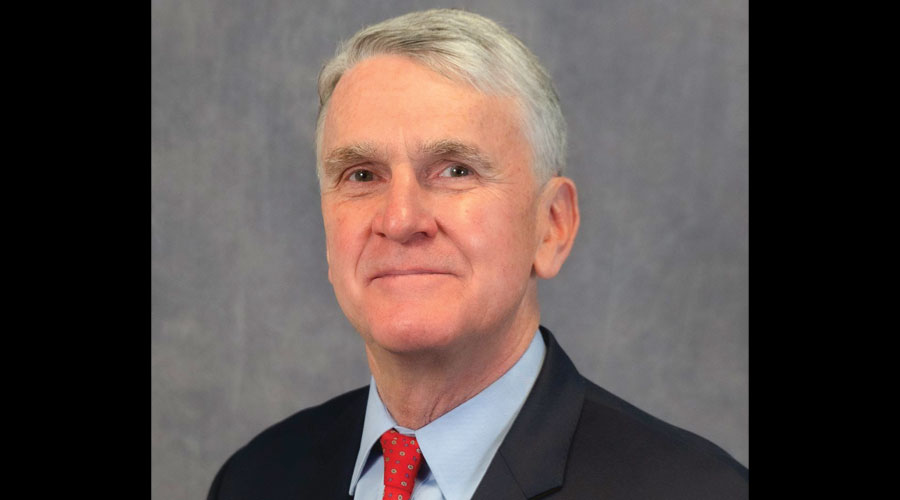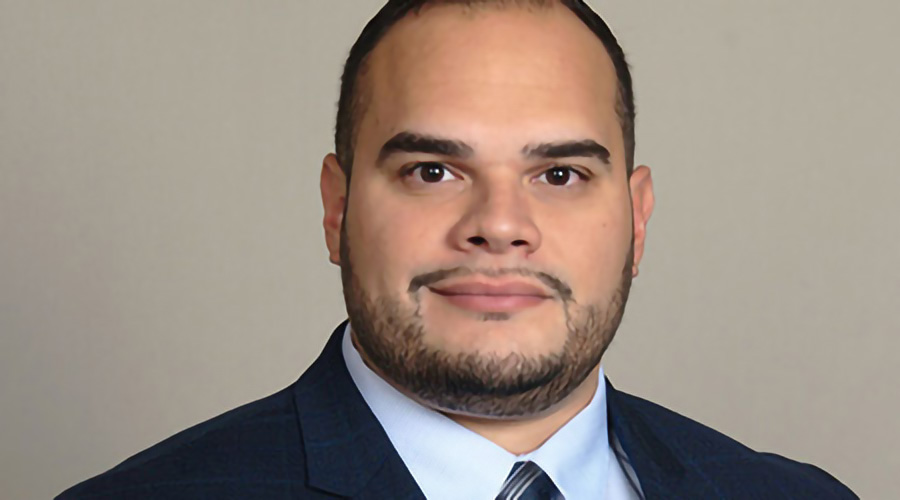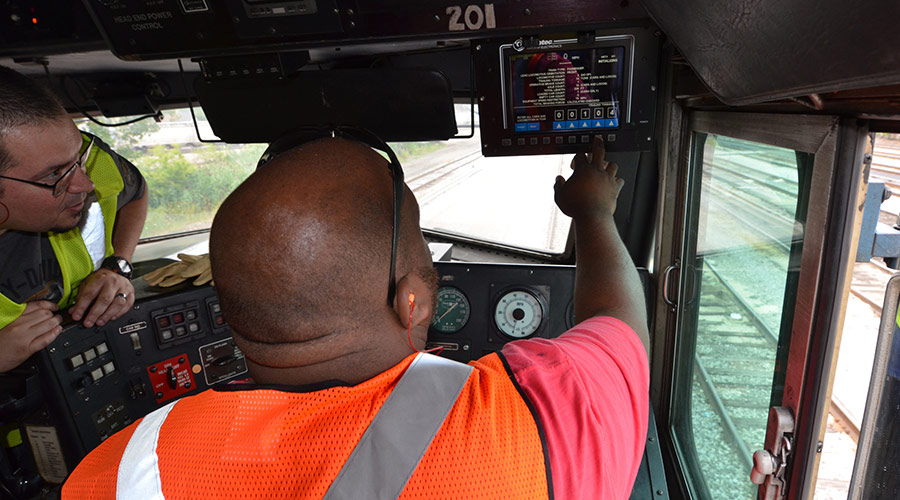Stay updated on news, articles and information for the rail industry
March 2013
Rail News: PTC
Progress with positive train control gauged at NTSB forum
— by Jeff Stagl, Managing Editor
Are the more than three dozen freight and commuter railroads that must install positive train control (PTC) on pace to complete implementation by the federally mandated end-of-2015 deadline? For the most part, no.
That was the general question posed and answer provided Feb. 27 at the National Transportation Safety Board's (NTSB) "Positive Train Control: Is It on Track?" forum held in Washington, D.C.
During her opening remarks, NTSB Chairwoman Deborah Hersman criticized railroads for advancing their PTC programs at a sluggish pace and for seeking more time for implementation. Various forms of train control have been bandied about for more than half a century and the Rail Safety Improvement Act of 2008 provided seven years to adopt PTC, she said.
"We're frustrated with the slow pace. Until you [implement it], we will continue to investigate accidents that could have been prevented by PTC," said Hersman. "But we acknowledge there are real hurdles to clear."
It's the hurdles that forum speakers — some of whom spoke on behalf of the Association of American Railroads (AAR), American Public Transportation Association (APTA) and Federal Railroad Administration (FRA) — focused on to provide reasons why implementation likely will be only partially completed by 2015's end.
In general, the effort to adopt PTC "far exceeds anything attempted" in the rail industry because of the complexities, cost (about $13.2 billion collectively) and coordination involved, said FRA Senior Scientific Technical Adviser Mark Hartong.
The Reasons Are Many
Some specific challenges cited by speakers included the slow development and reliability of numerous subsystems; the time needed to test and develop specifications for components, craft a system safety plan and obtain FRA approval; and concerns about radio spectrum and workforce issues.
For example, about 75 percent of rail industry workers will require PTC training, including 68,000 T&E employees, 7,200 signal maintainers and 2,500 dispatchers, said Jeff Young, Union Pacific Railroad's AVP of operation systems who spoke on behalf of the AAR.
But the most challenging aspect is interoperability, ensuring all the systems installed by railroads can interact with one another and stay current with the latest software, said Frank Lonegro, CSX Corp.'s VP of mechanical who also represented the AAR.
The only railroads that are projected to meet the deadline are Amtrak, Metrolink, the Alaska Railroad Corp. and BNSF Railway Co., but BNSF's system won't be fully interoperable at that time, several speakers said. (For more insight into BNSF's and other Class Is' implementation progress, see "PTC: A Crucial Year For Class Is".)
When pressed by NTSB members about when other railroads could complete implementation, independent transportation consultant Grady Cothen — who previously served the FRA for 36 years — said it "would be pushing it" to finish by 2018.
Speaking for commuter railroads, APTA Director of Technical Services Lou Sanders echoed that the deadline "isn't achievable" for most of them.
What's Known and Unknown
Congress last year considered two measures to extend the deadline, but neither advanced. Before any future discussion can be held about an extension, several variables need to be known, such as if there is a "reward" for railroads that meet the deadline and a penalty for those that don't, said Hersman. No penalty has yet been set.
In her closing comments, Hersman expressed hope that "we won't be here eight years from now holding another symposium to see if it's on track."
"We don't want to hear anymore about what can't, but what can be done," Hersman added.


 2025 MOW Spending Report: Passenger-rail programs
2025 MOW Spending Report: Passenger-rail programs
 Gardner steps down as Amtrak CEO
Gardner steps down as Amtrak CEO
 Guest comment: Oliver Wyman’s David Hunt
Guest comment: Oliver Wyman’s David Hunt
 Women of Influence in Rail eBook
Women of Influence in Rail eBook
 railPrime
railPrime







